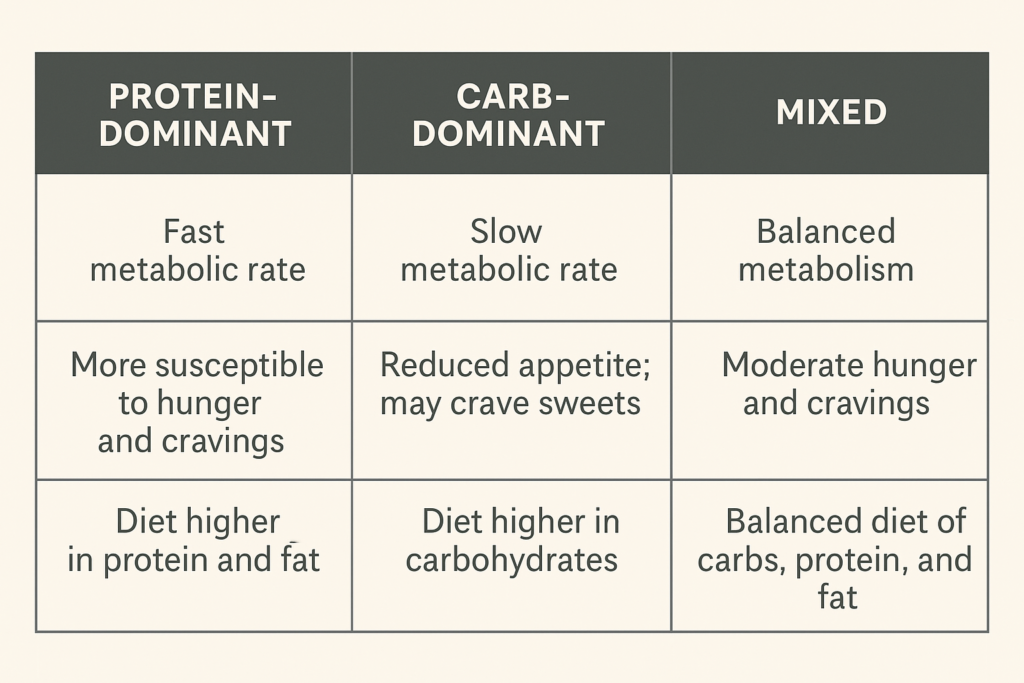Why Resetting Your Metabolism Is the New Key to Fat Loss
More people are focused on resetting their metabolism rather than relying on quick-fix diets. That’s because researchers and health professionals are putting more attention on metabolic flexibility—your body’s ability to shift between burning carbohydrates and fat for energy. When your metabolism is flexible, your body can burn stored fat more efficiently and prevent blood sugar crashes that lead to cravings and fatigue.
The metabolic diet offers a focused plan to help you achieve this reset. By combining smart nutrition, consistent eating habits, and specific lifestyle shifts, your body can use food more effectively. This approach is ideal for people who struggle with stubborn belly fat, low energy, or hormonal imbalances. It supports long-term weight loss rather than short bursts of success followed by frustrating setbacks.
What the Metabolic Diet Looks Like
The metabolic diet isn’t about cutting calories to extremes. Instead, it’s about working with your body’s internal systems to stimulate fat-burning and balance energy. When your metabolism works efficiently, your body can regulate blood sugar, support a healthy inflammatory response, and protect muscle—three things that are essential for long-lasting fat loss.
The key to success lies in helping your body transition from being sugar-dependent to being fat-adapted. This means teaching it to rely on healthy fats and stored fat for fuel, while still maintaining a stable blood sugar level. When your body isn’t constantly chasing quick energy from sugar, you’ll feel fewer cravings and more energy throughout the day.
This diet plan doesn’t require extreme carb elimination or fasting, but it does encourage strategic eating patterns. Many people follow a structured three-phase plan to ease the transition into fat-burning mode while maintaining balance and avoiding nutrient deficiencies.
The Three-Phase Structure That Supports Fat Burn
The first phase of the metabolic diet is all about creating a clean slate. In this early phase, the goal is to reduce blood sugar swings and support thyroid and adrenal health. You’ll focus on eating whole foods like lean proteins, fruits, and complex carbs such as sweet potatoes or brown rice. At the same time, you’ll reduce foods that spike insulin levels—like refined sugar, white flour, and ultra-processed snacks.
As you move into the second phase, your body begins to burn fat more consistently. Meals shift toward lean proteins and green vegetables. This phase encourages alkalizing foods like leafy greens, berries, and cruciferous vegetables to help your body balance acidity and support a healthy inflammatory response. Healthy fats are still limited at this stage to allow fat-burning systems to take the lead.
In the final phase, your metabolism reaches a more stable rhythm. Here, you reintroduce whole-food fats that help build hormones and sustain energy. Foods like avocado, olive oil, pasture-raised eggs, and nuts take center stage. This phase could help you maintain fat loss without feeling deprived. You’ll notice more energy and fewer cravings because your body is now more metabolically efficient.
Matching Your Diet to Your Metabolism Type
To get the best results from a fat loss diet, it helps to understand your metabolic type. Some people are naturally better at processing protein and fats, while others do better with complex carbohydrates.
If you’re someone who feels full quickly but gets hungry soon after, you may be protein-dominant. People in this group usually feel best when they eat meals that are higher in protein and fat, such as salmon, olive oil, and eggs, with limited starchy carbs.
If you have a smaller appetite and often crave sugar or bread, you might be carb-dominant. These individuals do better with more fruits, vegetables, and lighter proteins like chicken or white fish. They can handle more carbohydrates but should still avoid added sugars and refined grains.
Some people fall between these types and benefit from a balanced approach. By paying attention to your energy, hunger, and mood after meals, you can learn what ratios of protein, fat, and carbs work best for your metabolism.
Here is a simplified chart to match your diet to your metabolism type:

Daily Habits That Help Reset Your Metabolism
When you’re trying to reset your metabolism, how you eat is just as important as what you eat. Aim to eat every three to four hours during the day to keep blood sugar stable. Avoid skipping breakfast or going too long without food, as this can slow your metabolism and lead to overeating later.
Start your day with a balanced meal that includes protein, fiber, and some healthy fat. This helps regulate hunger hormones and gives your body the nutrients it needs to power through the morning.
As you plan meals, focus on fresh, whole ingredients. Choose organic vegetables when possible and limit processed foods that contain additives, preservatives, and artificial flavors. These hidden ingredients can interfere with gut health and disrupt your metabolism.

Instead of deep frying or sauteing in heavy oils, try grilling or steaming your meals. Cook with extra virgin olive oil, ghee, or coconut oil in moderation. Use herbs and spices to add flavor without added calories or sugar.
Movement, Sleep, and Stress: Essential Parts of Fat Loss
Exercise plays a big role in any fat loss strategy, but it’s especially important when resetting your metabolism. Physical activity builds lean muscle, which naturally increases the number of calories your body burns at rest. You don’t need to spend hours in the gym—walking daily, strength training a few times a week, and doing short high-intensity intervals can be enough to make a difference.
It’s also important to manage stress. When your body is under constant stress, it produces cortisol, a hormone that encourages fat storage around the midsection. Simple practices like stretching, journaling, or taking a walk in nature can lower stress and improve your results.
Sleep is just as important as nutrition and exercise. Poor sleep affects hunger hormones like ghrelin and leptin, which can lead to overeating and weight gain. Getting seven to nine hours of quality sleep each night will help regulate your metabolism and support better decision-making during the day.
Supplements and Ingredients That Support Metabolism Reset Like InnoSlim®
More people are looking for natural, stimulant-free supplements to support their metabolic goals. One of the most talked-about options is InnoSlim®, a plant-based blend of Panax notoginseng and Astragalus membranaceus.
What makes InnoSlim® unique is its ability to stimulate adiponectin, a key hormone that boosts fat metabolism and supports healthy insulin levels. People with low levels of adiponectin tend to store more fat and struggle with weight gain. Increasing the activity of this hormone could help the body use fat more efficiently and reduce overall fat storage.
InnoSlim® may support healthy blood sugar levels by influencing glucose absorption pathways, as seen in cell studies. This means your body gets more energy from the food you eat, but potentially absorbs fewer calories—helping support fat loss and energy without the jitters that come with caffeine-based fat burners.
One of the most powerful mechanisms behind InnoSlim® is its effect on AMPK (AMP-activated protein kinase). AMPK acts like a cellular energy sensor and plays a vital role in fat metabolism, blood sugar, and appetite. AMPK activation may support the breakdown of stored fat, promote healthy glucose metabolism, and help maintain steady energy levels throughout the day (Gaia Herbs). InnoSlim® supports metabolic efficiency when used with a healthy lifestyle.
The Science Behind InnoSlim®:

This supplement works best when combined with a healthy diet and regular movement. It’s a good fit for people who are already committed to resetting their metabolism and want an extra boost from a clinically backed ingredient.

Real Fat Loss Happens When You Work With Your Body
The metabolic diet isn’t about fast fixes or short-term solutions. It’s about understanding how your body works and supporting it with the right foods, habits, and supplements. When your metabolism is working efficiently, you don’t need to starve yourself or cut out entire food groups to lose weight.
Instead, focus on building a consistent routine. Eat meals that energize you and avoid ones that leave you tired or bloated. Move your body in ways that feel good. Stay hydrated. Sleep well. And consider targeted support like InnoSlim® to help you break through plateaus.
Ready to Support Your Metabolic Reset?
If you’re serious about lasting fat loss, the metabolic diet offers a structured and sustainable way to reset your body. When combined with smart lifestyle habits and high-quality supplements like InnoSlim®, you give yourself the best chance for success.
Explore our ingredient library to learn more about what’s behind InnoSlim® and how it fits into a complete metabolic health plan.
📍 Learn more about InnoSlim® here →https://nulivscience.com/ingredients/innoslim/
*These statements have not been evaluated by the Food and Drug Administration. This product is not intended to diagnose, treat, cure, or prevent any disease.
